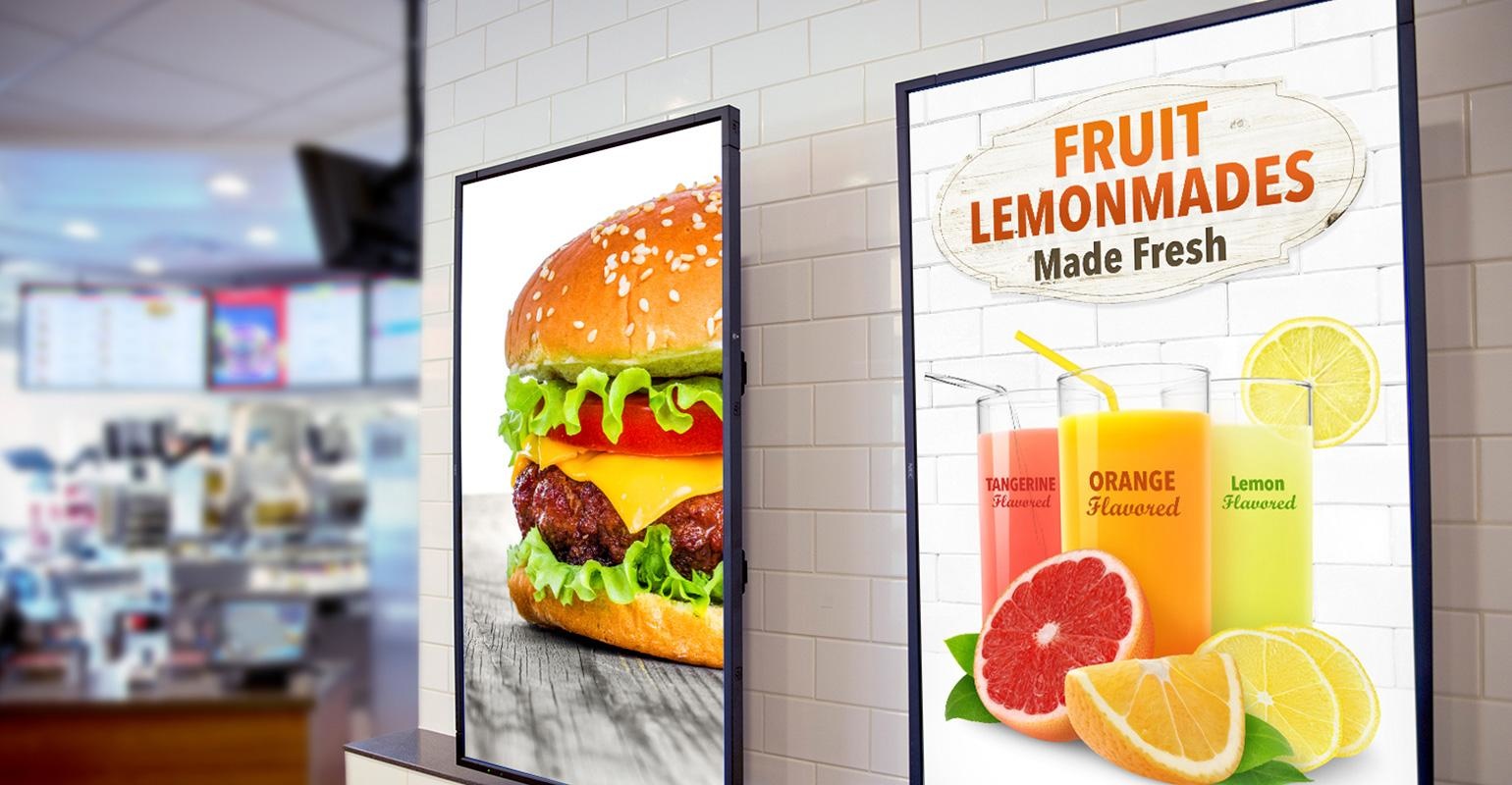Maximizing Business Impact with Display Screen Advertising in 2024
Explore the impact of display screen advertising in 2024! From versatile formats to strategic campaigns, unleash the potential for brand growth and customer engagement.
Author
EZ-AD TVMaximizing Business Impact with Display Screen Advertising in 2024
Introduction
In a digital world increasingly dominated by visual content, display screen advertising stands out as a vital tool for businesses looking to boost their brand presence and drive sales. As 2024 unfolds, understanding and leveraging this form of advertising is more crucial than ever.
What is Display Screen Advertising?
Display screen advertising, often compared to modern digital billboards, is a dynamic form of marketing that combines compelling visuals—such as images or videos—with persuasive text and an impactful call-to-action (CTA). This type of advertising is designed to catch the eye, convey a message quickly, and encourage viewer interaction, ultimately promoting products or services effectively.
Versatility of Display Screen Advertising
The versatility of display screen advertising is one of its most significant advantages. It's adaptable to various digital platforms, including websites, mobile apps, social media platforms, and email campaigns.
This flexibility allows businesses to reach their target audiences across a multitude of online spaces, making it an invaluable tool for enhancing brand visibility and driving lead generation.
Integration with Digital Signage
A key aspect of display screen advertising is its integration with digital signage. Digital signage refers to electronic signs used to display multimedia content for advertising or informational purposes. These can be placed both inside and outside of a store, offering tremendous versatility in how and where you can engage with customers.
Core Elements of Display Ads
The effectiveness of display ads hinges on three key components:
Visuals: Essential for grabbing attention, visuals in display ads should align with the ad's format and message, often requiring creative adaptation to different sizes and platforms​​.
Example: For a fashion brand's display ad, use a high-resolution image of the latest clothing line, set against a minimalist background to ensure the product stands out. This can be adapted for banner ads on fashion blogs and as square images for social media platforms.
Copy: The written content needs to be concise, engaging, and capable of steering the audience's interest toward the desired action, complementing the visual elements​​.
Example: For a new tech gadget, the copy could read, "Revolutionize Your Tech Experience with Ultra-Fast Performance!" This engages the audience and complements an image of the gadget itself.
Call-to-Action (CTA): A compelling CTA is crucial, guiding the audience on what to do next, such as "Buy Now" or "Learn More"​​.
Diverse Formats of Display Ads
Display advertising encompasses a range of formats, each serving different marketing goals:
Banner Ads: A health supplement company could use a horizontal banner ad featuring an image of the supplement with a tagline, “Elevate Your Health”, displayed on health and wellness websites.
Native Ads: A financial services ad, resembling a news article about financial planning, subtly placed in an online magazine's finance section.
Video Ads: A short, engaging video ad for a new mobile game, showing thrilling gameplay, displayed as a full-screen ad before a gaming YouTube video starts.
Crafting a Successful Campaign
For a display ad campaign to be effective, it must be well-planned and comprehensive, delivering a series of messages that build upon one another over time. This involves:
-
Defining the target audience.
-
Setting clear campaign goals and budget.
-
Designing engaging ads that resonate with the audience.
-
Continuously refining campaign strategies based on audience data and feedback​​.
-
Leveraging Display Advertising Networks
Using networks like Google Ads, AdRoll, and Amazon Ads, businesses can reach a broader audience across various platforms. These networks offer advanced targeting options and performance analytics, maximizing the return on advertising investments​​.
Measuring and Optimizing Performance
Key to any advertising strategy, measuring performance data helps assess progress towards set goals. It's important to look at metrics like impressions, cost per impression, and brand indicators like Net Promoter Score (NPS).
Additionally, display advertising should be regularly optimized through A/B testing and other methods​​.
Best Practices for Effective Ads
When creating display ads, prioritizing user experience is paramount. Ads should not disrupt but enhance the user's browsing experience. They should also be aligned with other marketing channels like social media, public relations, and events for a unified marketing effort​​.
Conclusion
As we move further into 2024, display screen advertising remains a dynamic and essential aspect of digital marketing. By understanding its nuances, from visual impact to strategic placement, businesses can effectively harness its power to grow their brand, engage customers, and drive conversions.
With the right approach, display advertising will continue to be a key player in the digital marketing landscape, offering businesses innovative ways to connect with their audiences.



